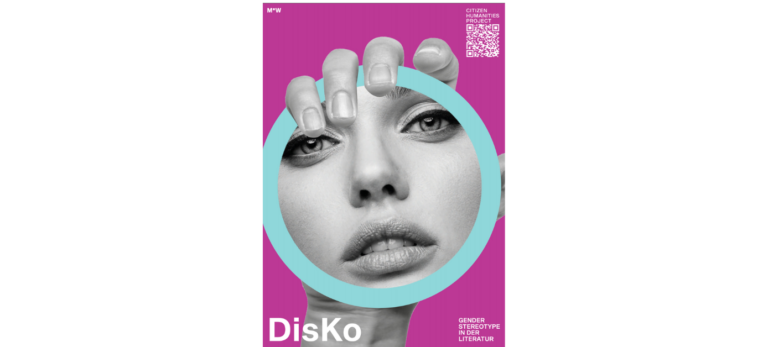
DisKo steht für Diversitäts-Korpus und ist ein literaturwissenschaftliches Projekt mit Digital-Humanities-Komponente. Mit Methoden des maschinellen Lernens wollen wir einen Algorithmus
Short description of the project
The MultiHTR team is continuing the successful first project phase (June 1, 2020 to May 31, 2022) in order to expand the language portfolio in the second phase (June 1, 2022 to May 31, 2024) and make the latest advances in handwriting recognition (HTR) usable for the public and academia using artificial intelligence (AI). The overall project focuses on the (further) development of shorthand models for German, Yiddish written in the Hebrew alphabet, Ukrainian, Russian, Serbian and Ottoman. The automated transliteration and transcription models are intended to provide the public and researchers with access to previously inaccessible handwritten materials.
Project content
The MultiHTR team is continuing the results of the first successful project phase (June 1, 2020 to May 31, 2022) in order to expand the language portfolio in the second project phase (June 1, 2022 to May 31, 2024) and make the latest advances in the field of handwriting recognition (HTR) available to the population and academia. In this continuation, artificial intelligence (AI) will be used to develop advanced handwriting recognition models for languages and scripts not previously considered. The aim is to enable access to complex handwritten materials that were previously inaccessible to most users. The second phase focuses on the (further) development of shorthand models for German. In addition, a model for documents written in Hebrew Yiddish will be developed to make them accessible to descendants and the public. A further component is dedicated to the development of an HTR model for the Ukrainian language in order to make the indexing of Ukrainian-language archive holdings more efficient. At the same time, Ottoman-Turkish and Russian models are being further developed. The overarching goal of the project is to systematically advance progress in the field of handwriting recognition based on AI and to use the acquired technologies for the benefit of the population. In particular, the project focuses on the development of handwriting recognition models for German and for relevant migration languages in Germany/Baden-Württemberg. These models are to be trained by AI to automatically decode archive materials, ego documents and correspondence. In the first project phase, the project published models for Serbian and Russian. On the one hand, the automatically decoded texts serve as a basis for humanities research, in particular for micro-historical, discourse-analytical and sociolinguistic analyses. On the other hand, the population benefits directly by making complex, multilingual documents accessible without paleographic knowledge. The project is funded by the Baden-Württemberg Ministry of Science, Research and the Arts as part of the state's digital@bw digitization strategy.
achim.rabus@slavistik.uni-freiburg.de
multihtr@slavistik.uni-freiburg.de
Find out more at
www.multihtr.uni-freiburg.de
Add your DH research project to the project showcase by submitting a short project description via the web form. Enter project data, a brief description, a graphic or visualization as well as a detailed description of the project content with technical assignment, addressees, added value, project managers, funding information and duration.

DisKo steht für Diversitäts-Korpus und ist ein literaturwissenschaftliches Projekt mit Digital-Humanities-Komponente. Mit Methoden des maschinellen Lernens wollen wir einen Algorithmus
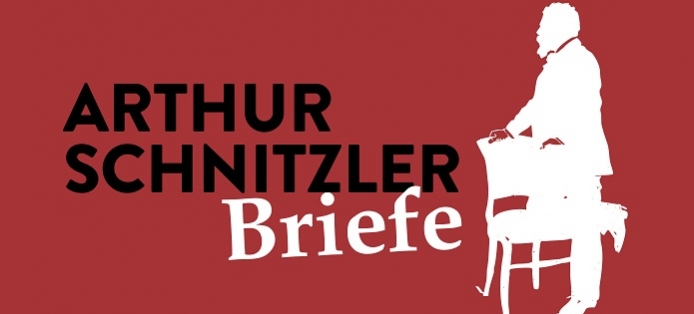
Arthur Schnitzler gehört zu den bedeutendsten österreichischen Autoren und war ein produktiver und gut vernetzter Briefschreiber. Seine Korrespondenz wurde jedoch
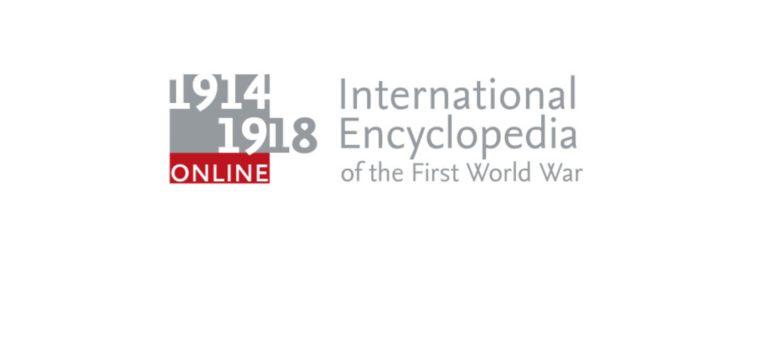
Das Zusammenwirken von über 1,200 Projektbeteiligten aus über 50 Ländern ermöglicht eine umfassende Darstellung der „Urkatastrophe des 20. Jahrhunderts“ in

Mit Dietrich online werden bibliographische Angaben zu ca. 5. Mio im deutschen Sprachraum von 1897- 1944 erschienenen Zeitschriftenaufsätzen und Zeitungsartikeln
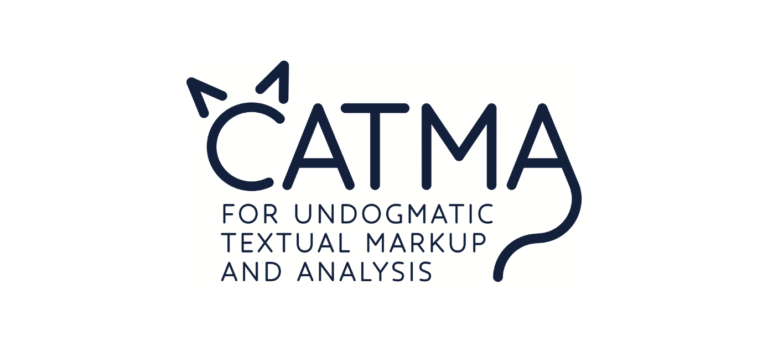
Annotieren, Analysieren, Interpretieren und Visualisieren: In CATMA können Textwissenschaftler:innen so arbeiten, wie es ihren Fragestellungen am besten entspricht: qualitativ oder
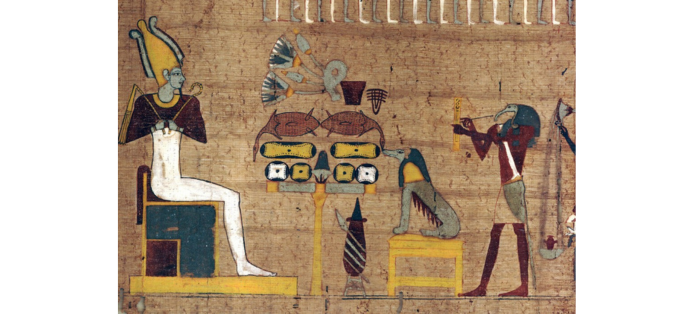
Publikation der Daten zu Textzeugen des altägyptischen Totenbuchs aus dem Akademievorhaben „Altägyptisches Totenbuch“ (1994/2004–2012). Das 2012 veröffentlichte Portal bietet Beschreibungen,

Das Projekt aggregiert Informationen zu digitalen Projekten und Konsortien, die sich im weitesten Sinne mit nicht-lateinischen Schriften beschäftigen. Die gesammelten Daten werden visualisiert und sollen Aussagen darüber treffen, was nötig ist, damit sich die Bedingungen für die Arbeit mit NLS im Bereich Digital Humanities bessern. Zusätzlich dient das Projekt als Knowledgebase für Forscher:innen, die sich einen Eindruck über den state of the field machen wollen. Das Projekt stellt alle Forschungsdaten, den Code und die Workflows im Open Access über GitHub zur Verfügung.
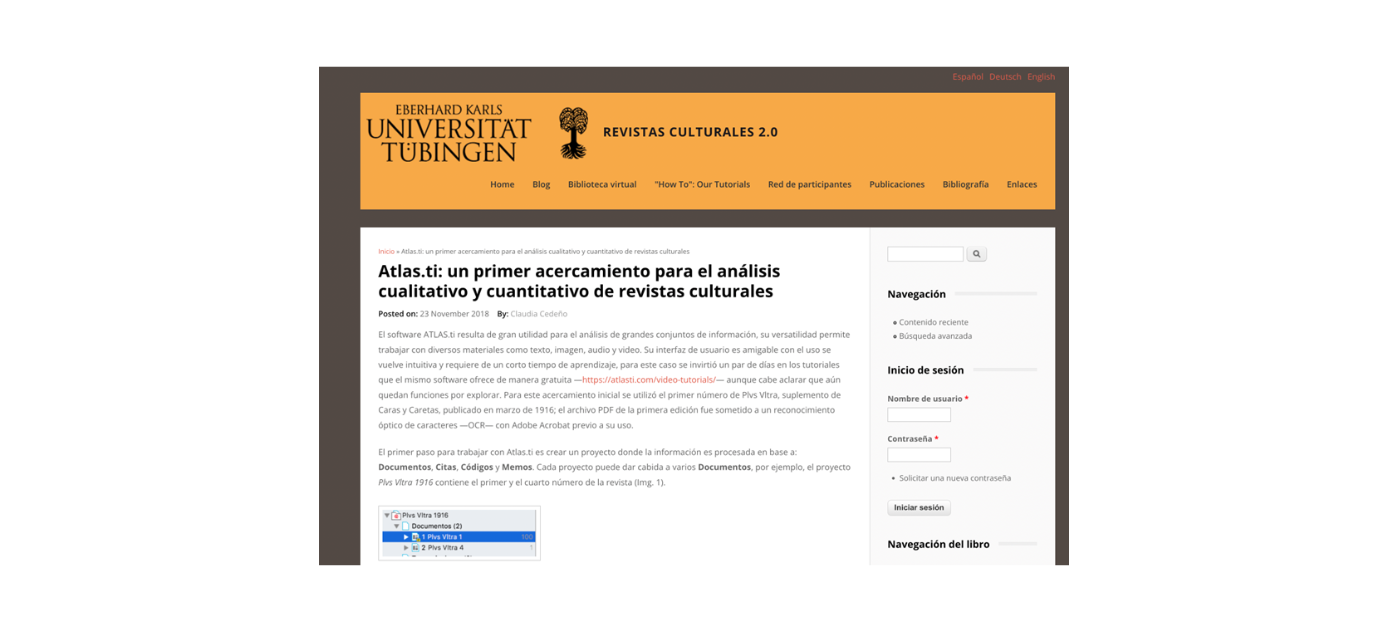
Das Portal Revistas culturales 2.0 dient als virtuelle Forschungsumgebung für alle Interessenten, die sich mit historischen Zeitschriften aus dem spanischsprachigen Kulturkreis beschäftigen.
Wir verwenden Cookies und ähnliche Funktionen zur Verarbeitung von Daten. Die Zustimmung ist freiwillig und kann jederzeit widerrufen werden.